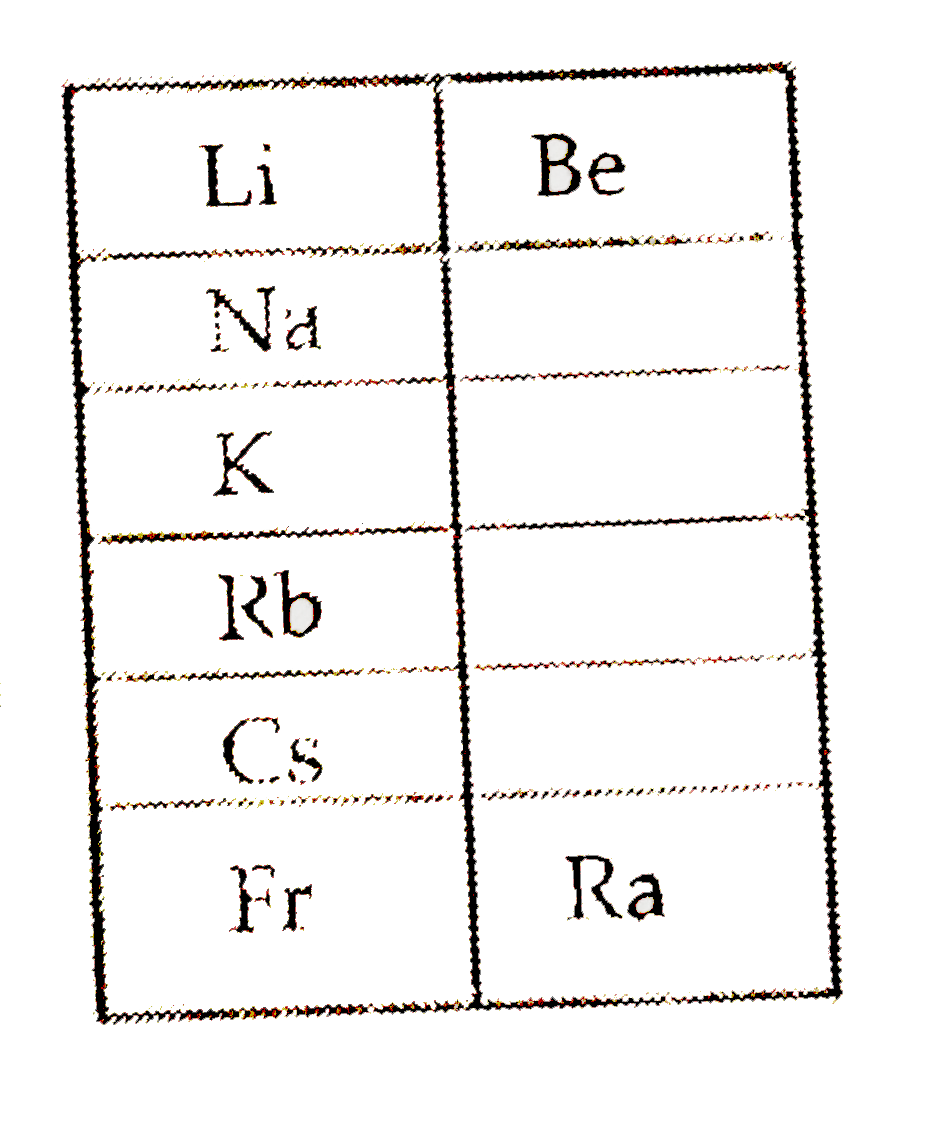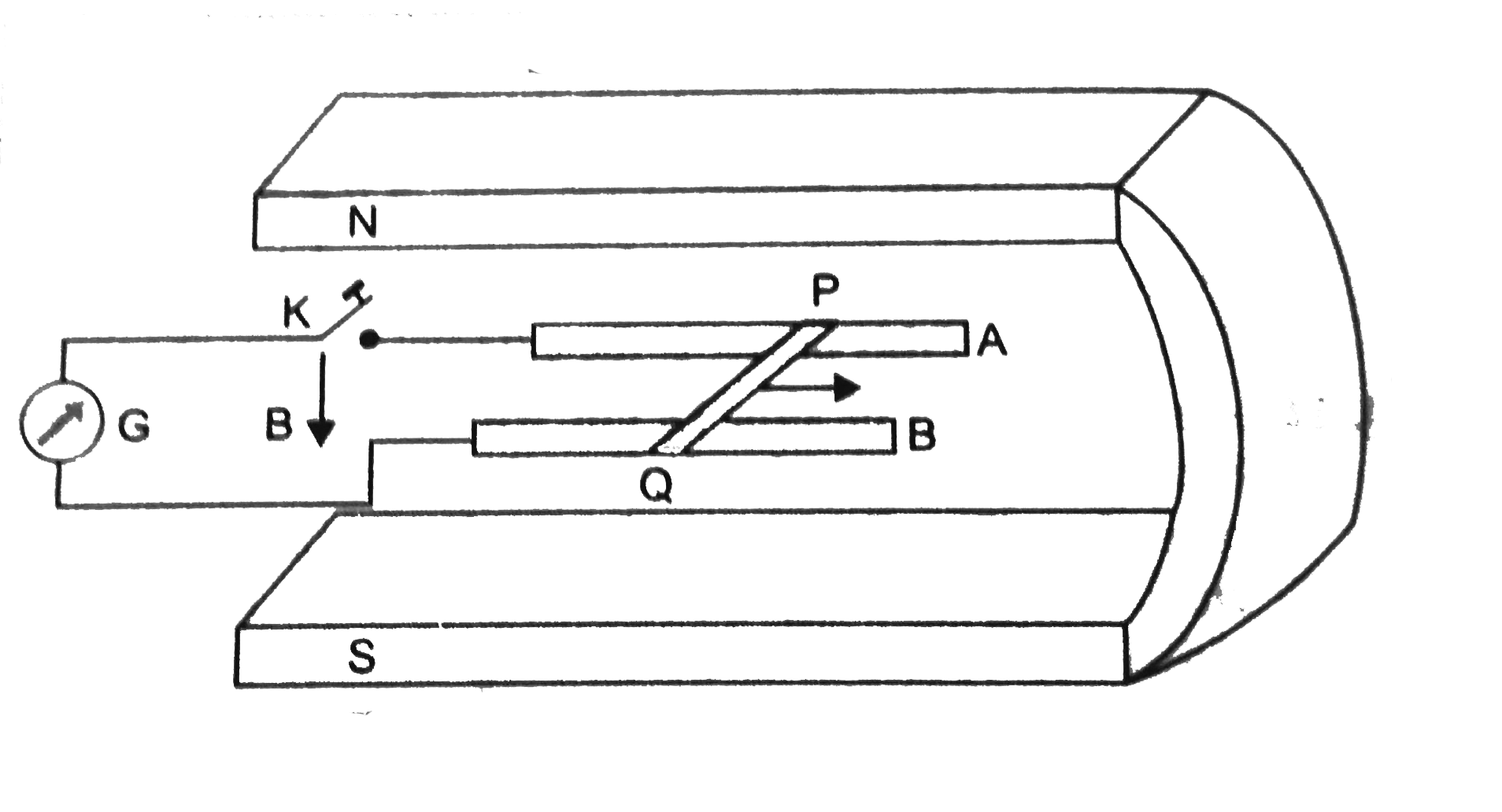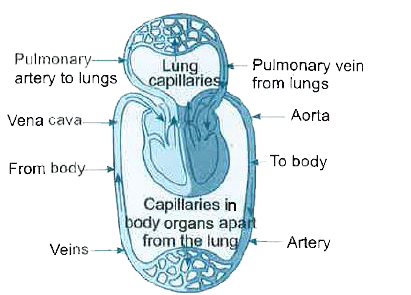(a) Many animals can move the pinna (or ear flap) in order to focus their hearing in a particular direction. What do the humans do for the same purpose ?
(b) What is tinnitus ?
( c) "The hair cells of cochlea are very critical to hearing." Elaborate this statement.
(a) human have generally lost the ablity to move the pinna - instead they turn heads to listen sound coming from a particular direction.
(b) Ringing in the ears is called tinnitus.
( c) Damage to hair cells can give to tennitus. Exposure to loud noises is a common cause of tinnitus and often leads to hearing loss as well. Loud sounds can cause permanent injury because hair cells are lost. Because the hair cells are resonance frequency specfic, a person may be unable to hear sounds at particular frequencies.
Similar Questions
Knowledge Check
Direction : In the following paragraph read the passage completely to answer the questions from the given options.
Your attitudes are the perspectives from which you view life. Some people seem to have a good attitude towards most things. Some people seem to have a bad attitude towards everything. But when you look closer, you will find that most of us have a combination of attitudes, some good, some not so good.
Whatever attitude we have towards anything will affect how we feel about it, which in tum determines whether or not we will do well. So our right attitudes play a very important part in helping us become successful.
In fact, as we can see, a good attitude is essential for achievement of any kind! We so often hear of someone who is said to have a 'bad attitude'. The term is often applied to young people, especially to teenagers who frequently get into trouble, but we often hear it about adults, too. The implication is always that the individual in question is not going to make it if he doesn't change his attitude.
I would agree, without a good attitude it is not possible to see the opportunities ahead and set one's sights to reach them. But even more important is the fact that in order to possess the kind of feeling which work for us we have got to have the right attitude to start with. But where do we get our attitudes from? Are we born with them or do they just appear out of nowhere? Our attitudes are no accident: they don't just happen. Our attitudes created and influenced entirely by our beliefs.
Which one of the following statements is correct?AOur attitudes are influenced by our parents onlyBOur attitudes are created and of controlled by our beliefsCOur attitudes are the results of own personal experiencesDWe are born with our attitudes
Fig. 6.05 shows a metal rod PQ resting on the smooth rails AB and positioned between the poles of a permanent magnet. The rails, the rod, and the magnetic field are in three mutual perpendicular directions. A galvanometer G connects the rails through a switch K. Length of the rod = 15 cm, B = 0.50 T, resistance of the closed loop containing the rod = 9.0mΩ. Assume the field to be uniform.
(a) Suppose K is open and the rod is moved with a speed of 12cms−1 in the direction shown. Give the polarity and magnitude of the induced emf.
(b) Is there an excess charge built up at the ends of the rods when K is open ? What if K is closed ?
(c) With K open and the rod moving uniformly, there is no net force on the electrons in the rod PQ even though they do experience magnetic force due to the motion of the rod. Explain.
(d) What is the retarding force on the rod when'K is closed ?
(e) How much power is required (by an external agent) to keep the rod moving at the same speed (=12cms−1) when Kis closed ? How much power is required when K is open ?
(f) How much power is dissipated as heat in the closed circuit? What is the source of this power?
(g) What is the induced emf in the moving rod if the magnetic field is parallel to the rails instead of being perpendicular?

View Solution(a) What are the periods and groups in a periodic table? Give two characteristics of each.
(b) In terms of electronic condigurations, explain the variation in the size of the atoms of elements belonging to the same period and same group.
(c) Given alongside is a part of the periodic table. As we move vertically downward from Li to Fr:
(i) What happens to the size of atoms?
(ii) What happens to their metalic character?
(d) Name two properties of elements whose magnitudes change when going from top to bottom in a group of the periodic table. In what manner do they change?
(e) Rewrite the following statement after correction, if necessary:
Groups have elements with consecutive atomic numbers.

View SolutionVaibhav had gone to his uncle's home in a foreign country where the domestic electric supply is D.C. (Direct Current). An electrician was working in his uncle's kitchen who was trying to find out the location of electric wiring in a particular wall for further electrical work. Failing to do so, the electrician recommended the breaking of substantial portion of the kitchen wall. Vaibhav told his uncle that he could locate the position of current-carrying wires in the kitchen wall without breaking the kitchen wall. In order to do this, Vaibhav purchased a small device from the market and moved it slowly over the whole kitchen wall. After about ten minutes, Vaibhav could locate the position of all the current-carrying wires in this kitchen wall. His uncle was happy that now only a small portion of the kitchen wall will have to be dismantled.
(a) What was the small device purchased by Vaibhav ?
(b) What was noticed by Vaibhav when this device was moved slowly over the current-carrying wires embedded in the wall ?
(c) What name was given to the effect which helped Vaibhav to locate the concealed current-carrying wires in the wall ?
Name the scientist who discovered the above effect.
(e) What values are shown by Vaibhav in this episode ?
View SolutionFig. shows a metal rod PQ resting on the rails A, B and positoned between the poles of a permanent magnet. The rails, the rod and the magnetic field are in three mutually perperdicular directions. A galvanometer connects the rails through a switch K. Length of the rod = 15 cm, B = 0.50 T, resistance of closed loop containing the rod =9.0mΩ Answer the following questions.
(a) Suppose K is open and the rod moves with a speed of 12cm/s in the direction shown, Give the polarity and magnitude of induced e.m.f
(b) Is there on excess charge built up at the ends of rods when K is open ? What if K is closed ?
(c ) With K open and the rod moving uniformly, there is no net force on the electron in the rod PQ even though they do experience magnetic froce due to the motion of the rod Explain.
(d) What is the retarding force on the rod when K is closed?
(e) How much powe s required (by an external agent) to keep the rod moving at the same speed (=12cm/s) when K is closed. (f) How much power is dissipated as heat in the closed circuit ? What is the source of this power?
(g) What is the induced e.m.f. in the following in the moving rod when the permanent magnet is rotated to a vertical position so that the field is parallel to the rails instead of being perpendicular ?

View SolutionAnswer question numbers (a) - (d) on the basis of your understanding of the following paragraph and the related studied concepts :
The separation of the right side and the left side of the heart is useful to keep oxygenated and de-oxygenated blook from mixing. Such separation alllows a highly efficient supply of oxygen to the body. This is useful in animals that have high energy needs, such as birds and mammals, which constantly use energy to maintain their body temperature. In animals that do not use energy for this purpose, the body temperature depends on the temperature in the environment . Such animals, like amphibians or many reptiles have three- chambrered hearts, and tolerate some mixing of the oxygenated and de-oxygenated blood streams. Fishes, on the other hand, have only two chambers to their hearts, and the blood is pumped to the gills, is oxygenated there, and passes directly to the rest of the body.
(a) What does the give diagram depict ?
(b) In which type of organisms would you find this type of transportation ?
(c) Explain why some animals like fishes have only two chambered heart ?
(d) From this study what can you deduct about evolution ?

View SolutionIn the following passage at certain points you are given a choice of three words one of which fits the meanning of the passage . Choose the best words . Mark the lettter , viz (a),(b) or (c)
Solve for 95
We know that the average depth of the sea is about two and a half miles, but in a few places it is very deep indeed-over six miles. The air presses upon our bodies with a weight of about fifteen pounds to the square inch at 82 (a) sea-water/(b) sea-level/(c) sea-bed We are used to this air pressure and 83. (a) do/ (b) did /(c) does not notice it. In the sea this 84(a) weight/ (b) volume/ (c) pressure is doubled at a depth of thirty-five feet, ant it 85. (a) expand (b) decreases (c) increases at this rate for greater depths. In the great deeps 86. (a) off (b) of (c) on the Philippine Islands, a man would be squeezed and utterly crushed by a pressure of 87. (a) severe (b) several (c) sheer tons per square inch. The pressure near the ocean floor is 88. (a) such (b) not (c) so such great that if you were to weigh a piece of wood and 89. (a) measure (b) follow (c) lower it to a great depth and then pull it 90. (a) up again it would no longer float, 91. (a) but (b) for (c) when it would have become waterlogged. All the tiny wood cells and cavities 92. (a) should (b) could (c) would have burst and become filled with water. We 93. (a) know (b) have known (c) are knowing that live at a depth of three miles and more and we wonder 94. (a) why (b) how (c) what this can be. The bodies of animals down 95. (a) here (b) where (c) there are almost entirely filled with water, and 96. (a) this (b) these (c) thus saves them from being crushed. However, many of 97. (a) such (b) those (c ) there animals contain some gases as well, for 98. (a) then (b) since (c) when they are captured in nets and drawn 99. (a) on (b) to (c) from the surface these gases expand so much that the animal 100. (a) immediately (b) eventually (c) actually explodes. Its body is torn to shreds as it 101.(a) bursts. (b) jumps (c) lands.
View SolutionIn the following passage at certain points you are given a choice of three words one of which fits the meaning of the passage . Choose the best words . Mark the lettter , viz (a),(b) or (c)
Solve for 96
We know that the average depth of the sea is about two and a half miles, but in a few places it is very deep indeed-over six miles. The air presses upon our bodies with a weight of about fifteen pounds to the square inch at 82 (a) sea-water/(b) sea-level/(c) sea-bed We are used to this air pressure and 83. (a) do/ (b) did /(c) does not notice it. In the sea this 84(a) weight/ (b) volume/ (c) pressure is doubled at a depth of thirty-five feet, ant it 85. (a) expand (b) decreases (c) increases at this rate for greater depths. In the great deeps 86. (a) off (b) of (c) on the Philippine Islands, a man would be squeezed and utterly crushed by a pressure of 87. (a) severe (b) several (c) sheer tons per square inch. The pressure near the ocean floor is 88. (a) such (b) not (c) so such great that if you were to weigh a piece of wood and 89. (a) measure (b) follow (c) lower it to a great depth and then pull it 90. (a) up again it would no longer float, 91. (a) but (b) for (c) when it would have become waterlogged. All the tiny wood cells and cavities 92. (a) should (b) could (c) would have burst and become filled with water. We 93. (a) know (b) have known (c) are knowing that live at a depth of three miles and more and we wonder 94. (a) why (b) how (c) what this can be. The bodies of animals down 95. (a) here (b) where (c) there are almost entirely filled with water, and 96. (a) this (b) these (c) thus saves them from being crushed. However, many of 97. (a) such (b) those (c ) there animals contain some gases as well, for 98. (a) then (b) since (c) when they are captured in nets and drawn 99. (a) on (b) to (c) from the surface these gases expand so much that the animal 100. (a) immediately (b) eventually (c) actually explodes. Its body is torn to shreds as it 101.(a) bursts. (b) jumps (c) lands.
View Solution
